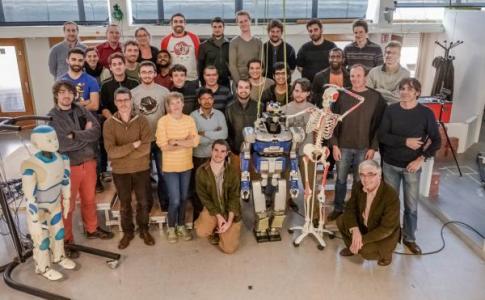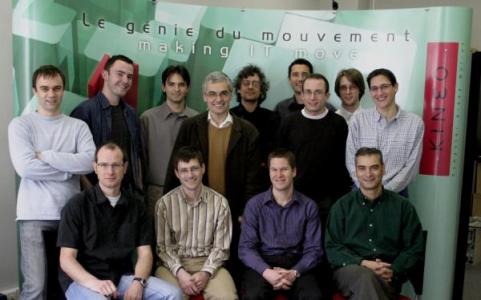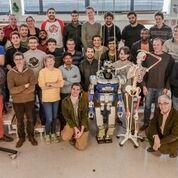Jean-Paul Laumond
LAAS-CNRS, Toulouse
France
Research Areas
Control Design & Engineering, Robot Programming, Robots
Interview Synopsis
In this interview, Jean Paul Laumond discusses his movement from mathematics to robotics and his career contributions to the field, especially in regards to motion planning and anthropomorphic motion. Describing his involvement at CNRS and in other robotics projects, such as HILARE, he comments on the distinction in perception between the robotics approach and a mathematics one.






Jean-Paul Laumond was born in 1953 near Toulouse, France. He completed a M.S. in Mathematics, Ph.D. in Robotics, and Habilitation at the University of Paul Sabatier at Toulouse in 1976, 1984, and 1989, respectively. Prior to entering the field of robotics he taught high school mathematics from 1976 to 1983. In 1985 he became a research fellow for the LAAS-CNRS; where he later became Research Director for the Gepetto research group in 2006. He served as senior scientist at Stanford University in 1990, member of the French Comité National de la Recherche Scientifique from 1991 to 1995, and co-director of the French-Japanese lab (JRL) from 2005 to 2008. During the 1990s, he became involved with the European robotics projects PROMotion (1992-1995) and MOLOG (1992-2002); projects focusing on robot motion planning and control. In 2001 and 2002 he created and led Kineo CAM, a company focusing on motion planning technology. Laumond also teaches Robotics at the Ecole Normale Supérieure in Paris. His research interests include robotics, motion planning and control, and anthropomorphic movement. In 2013, he got a grant from the European Research Council (ERC) for his project Actanthrope devoted to the exploration of the computational foundations of anthropomorphic actions. For his work and contributions he has received several awards and honors, including being chosen as the 2011-2012 recipient of the Chaire Innovation technologique Liliane Bettencourt at Collège de France in Paris, the IEEE Inaba Technical Award for Innovation Leading to Production. He is a member of the French Academy of Technologies and of the French Academy of Sciences.